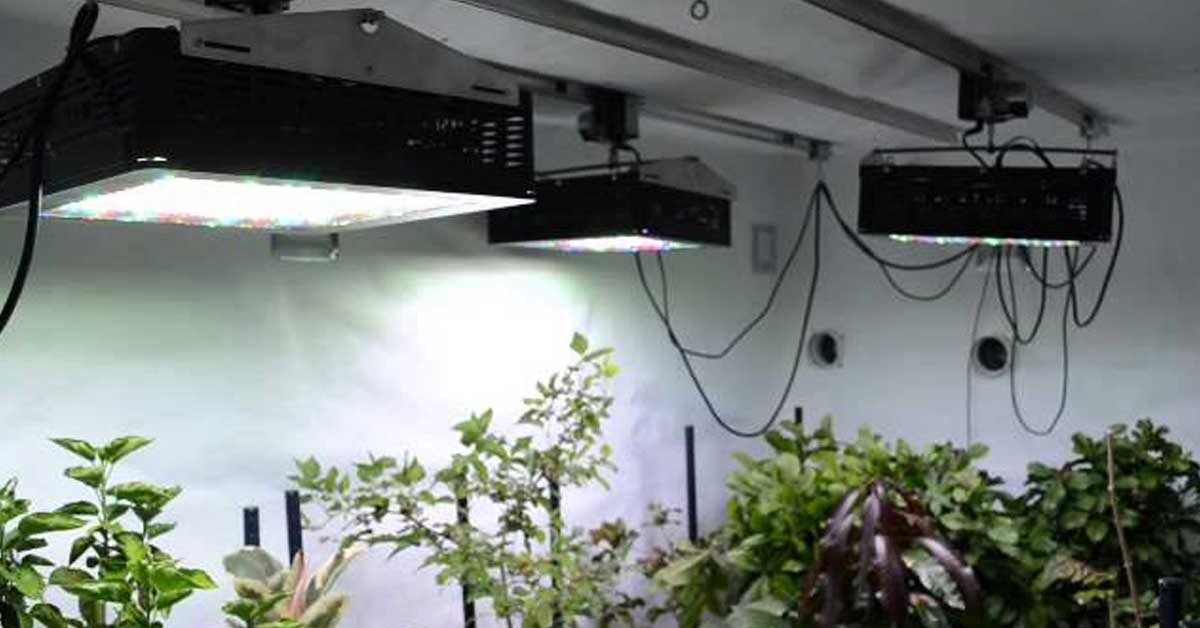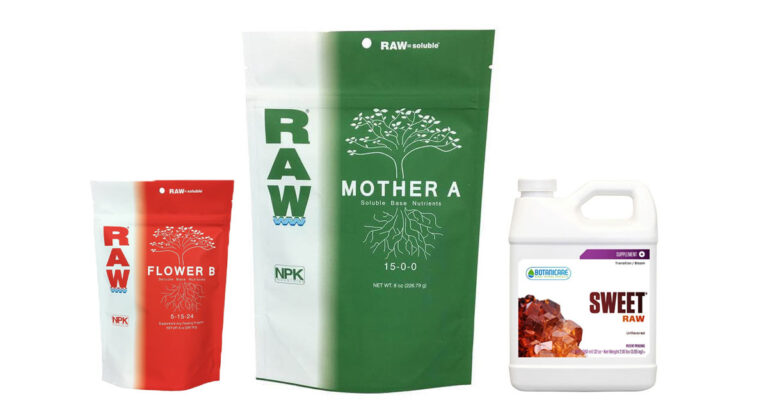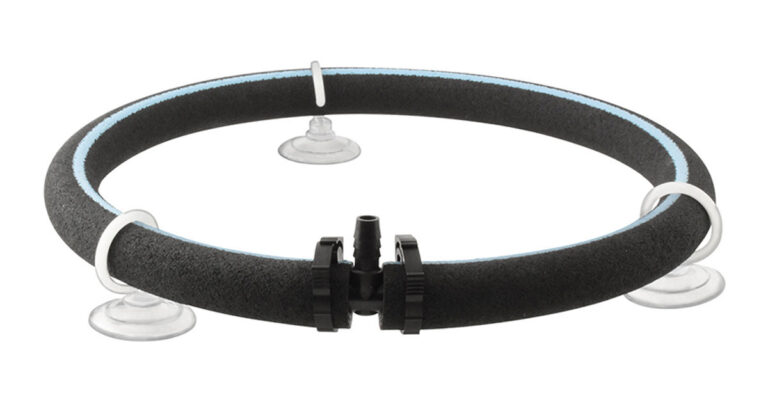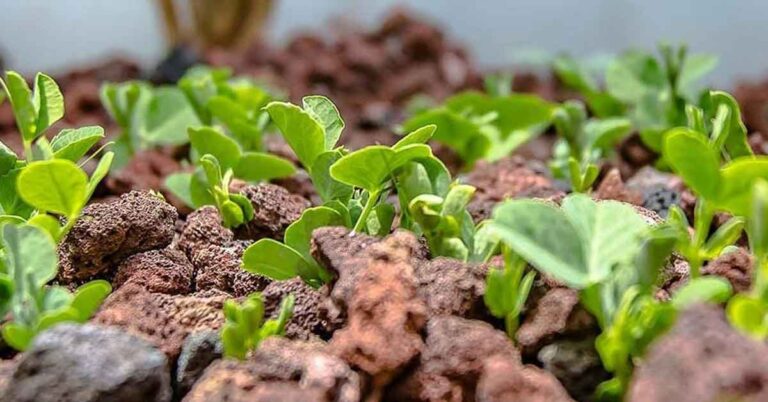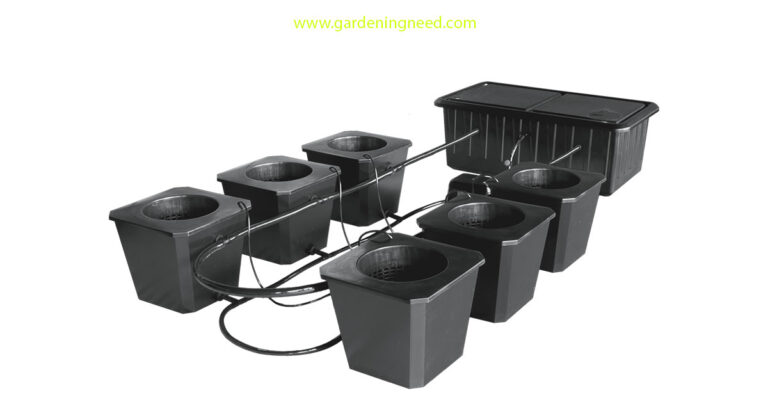Light Movers Hydroponics: A Comprehensive Guide to Boosting Plant Growth
Are you curious about light movers hydroponics? Whether you are a seasoned gardener or just getting started with indoor gardening, learning how to use light movers effectively can be the key to successfully growing plants in your hydroponic system. It’s important for gardeners to know an understanding of position and intensity of sources and their effects on plant growth.
With the right set up and approach, using light movers hydroponics as part of your setup can give you control over all these factors – allowing you to create ideal conditions no matter what stage in its life cycle a plant is at. In this blog post, we’ll discuss the basics of lighting set-ups using light movers hydroponics – helping you get started making more informed decisions about your own growing space!
The Benefits of Using a Light Mover for Hydroponics
Hydroponics is a popular method of growing plants in a soilless environment. One of the challenges hydroponic gardeners face is ensuring that plants receive the right amount of light. Using a light mover can provide many benefits that translate into more uniform growth, increased yields, and improved plant health.
More Uniform Growth:
A light mover ensures that the plants receive an even amount of light over the entire canopy, which minimizes the chances of plants getting too much or too little light. This helps to promote more consistent growth and support an even distribution of nutrients throughout the plant.
Increased Yields:
Uniform growth results in plants that produce larger yields of higher quality fruits and vegetables. By keeping the plants at an optimal distance from the light source, it improves light penetration, and photosynthesis. As a result, more energy is produced which the plant can use to grow larger and denser crops.
Improved Plant Health:
Light movers hydroponics can help to reduce plant stress by ensuring the plants receive the right amount of light. Plants exposed to too much or too little light can suffer from a range of issues including fading colors, stunted growth, and even plant death. By reducing stress, plants will become better established and more resilient.
Reduced Risk of Pests and Diseases:
A light mover can help keep pests and diseases at bay. By moving the light around, it makes it difficult for pests to settle on the plants and spread disease. This helps to reduce the need for chemical treatments, which in turn helps reduce the overall environmental impact of hydroponic gardening.
Easier to Control the Light Cycle:
Adjusting the light cycle manually is a time-consuming process that must be repeated every day. A light mover automates this process, allowing the gardener to set it and forget it. This frees up time and energy for other tasks, helping hydroponic gardeners streamline their workflow.
In conclusion, the use of light movers is an essential tool for hydroponic gardeners. It provides plants with more uniform growth, higher yields, improved plant health, and reduced risk of pests and disease. Furthermore, it simplifies the process of controlling the light cycle, freeing up time and energy. By utilizing light movers hydroponics gardeners can look forward to producing larger, healthier crops with less effort and environmental impact.
How to Choose the Right Light Mover for Your Hydroponic System:
As a hydroponic grower, having the right type of light mover can enhance the growth and yield of your plants. Under the proper lighting conditions, plants can grow and thrive better than under static light sources. But with so many choices for light movers available in the market, how can you choose the right one for your needs? Here are some things to consider:
Size of Your Grow Space:
The size of your grow space is the most critical factor to determine when choosing a light mover. You need to select an appropriate model that will fit your space and accommodate your plants’ lighting needs. Smaller spaces would require smaller light movers, while larger areas may need bigger units to cover more ground.
Type of Plants You are Growing:
Consider the types of plants you are growing as they vary in their lighting requirements. Some plants ultimately require more extended periods of lighting than others, and some crops are more sensitive to the intensity of light. Do your research and find the type of light mover that will be most suitable for your specific plant species.
Budget:
Lastly, the cost of your light mover is a significant factor as it can dictate the other options in its category. Consider your budget and how much you are willing to spend on a light mover but don’t forget to purchase one that meets your specifications.
In conclusion, when selecting a light mover for your hydroponics system, ensure that you put your plants’ requirements into consideration. Be budget-conscious but don’t discount the importance of quality when it comes to hydroponic systems. The right light mover can improve the health and yield of your plants, leading to better growth and an increase in productivity.
Installing a Light Mover:
Choose a mounting location
Before installing a light mover, it’s crucial to determine the location of its installation. The mounting location should be carefully considered and selected for efficiency and maximum coverage. The light mover’s job is to ensure coverage of your grow space and move the light source over the top of the plants. Mounting the light mover is generally done above the grow space, preferably to run parallel to the light source. The ideal mounting location should be secure and should allow for a range of movement of at least two feet.
Attach the light mover to the mounting location
Once you have established the optimum mounting location, it’s time to attach the light mover to the installation site. Each manufacturer will vary in their fixing instructions; however, the following are basic steps that can be followed. First, fix the mounting brackets in place to the structure. Ensure that the brackets are secure and cannot bristle or jostle when the mover is operational. Using nuts and bolts, attach the gear assembly to the mounting brackets, making sure to tighten all of the bolts.
Connect the light mover to power
After fastening the light mover to the installation location, it’s necessary to connect to power. Follow the manufacturer’s instruction on how to power it up. Ensure to connect properly to a power source with the correct voltage, but if unsure, it is always advisable to consult an electrician. Afterward, switch on the light mover and confirm all the parts are functional. When connected to power, the light mover will move back and forth, allowing for more coverage area of the plants under the moving light.
In a nutshell, installing a light mover will significantly enhance the coverage area of a grow space allowing crops to receive uniform light, hence achieving maximum yields. By following these instructions, you will optimize the usage of your light mover tool.
Troubleshooting Light Mover Problems:
Light mover systems are widely used in indoor gardening spaces to optimize light distribution and intensity. However, just like any other equipment, light movers can develop problems that may impact their performance, ranging from frustrating delays to complete breakdowns. In this guide, we will explore some of the most common light mover problems and how to troubleshoot them.
Light mover is not turning on:
If your light mover is not turning on, there could be several reasons behind it. The first thing to check is the power source, whether it is properly connected and provides the required voltage. If the power source is okay, then you should inspect the motor connections and ensure that they are correctly wired without any loose or damaged connections. Additionally, you can use a voltage meter to verify that power is reaching the motor. If everything looks fine and the light mover still does not function, then the motor might be faulty and needs to be replaced.
Light mover is not moving smoothly:
A light mover that moves unevenly or erratically indicates a problem with the track alignment, motor, or the drive chain. Uneven tracks can cause the light mover to sway, causing the chain or gear to slacken or come off track. Ensure that the tracks are level and properly aligned, the drive chain is well lubricated and doesn’t have any kinks or damages, and the gear tethers are tight. Also, check for any debris or dust that may clog the chain.
Light mover is making noise:
If your light mover is making rattling or grinding noises, it could mean that there is a problem with the chain, gear, or motor. Check to make sure that the chain is lubricated as dry chains tend to produce noise when in motion. Also, inspect the gear to ensure that it is not worn out or damaged. If the motor produces noise, then it is likely that it is overworked and needs to be serviced or replaced.
Conclusion:
In conclusion, hydroponics is a great way to grow plants in a controlled environment without soil. Having the right equipment is essential for success and light movers are an important part of that equation. With a light mover, you can ensure more uniform growth, increased yields, and improved plant health. All things considered, if you’re looking to take your hydroponic gardening to the next level, don’t overlook the value of investing in a light mover – it could make all the difference! So don’t hesitate any longer; it’s time to explore the potential of light movers for hydroponics and transform your horticultural game!

